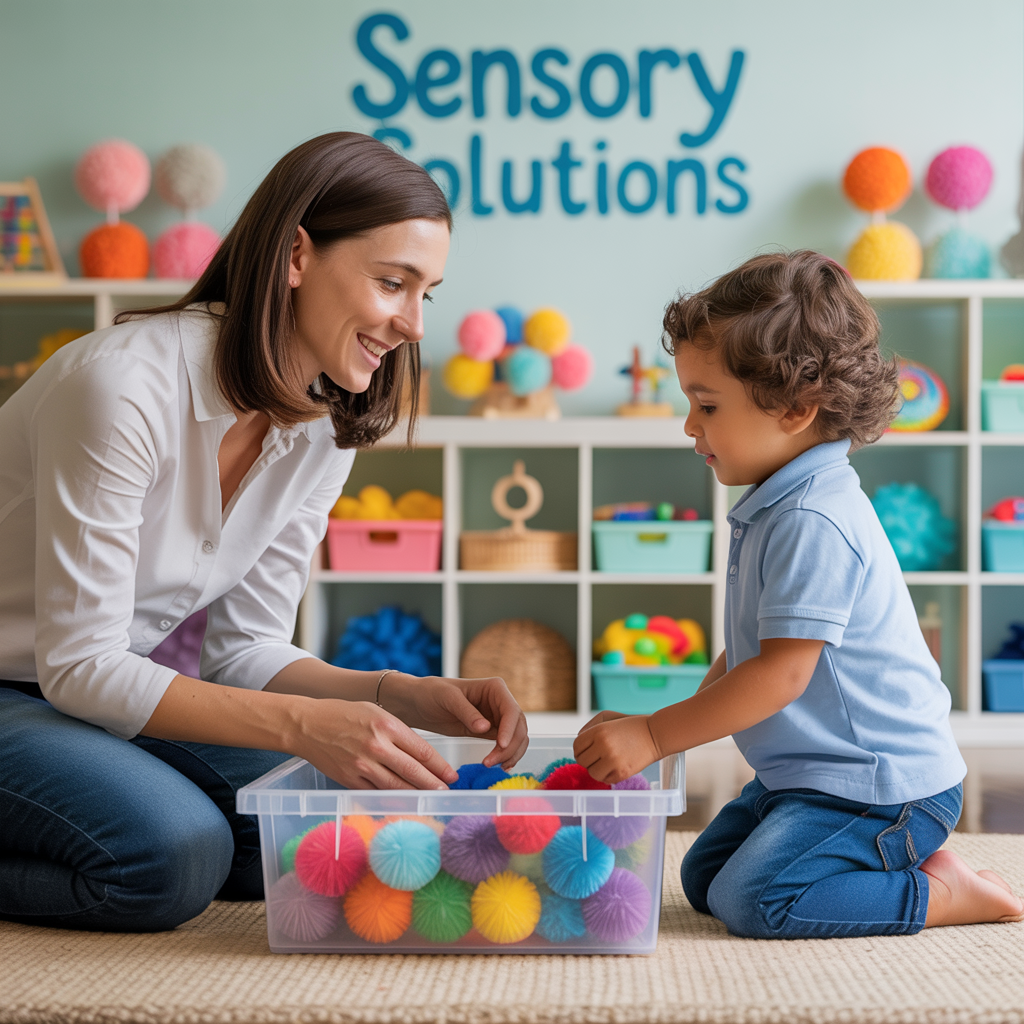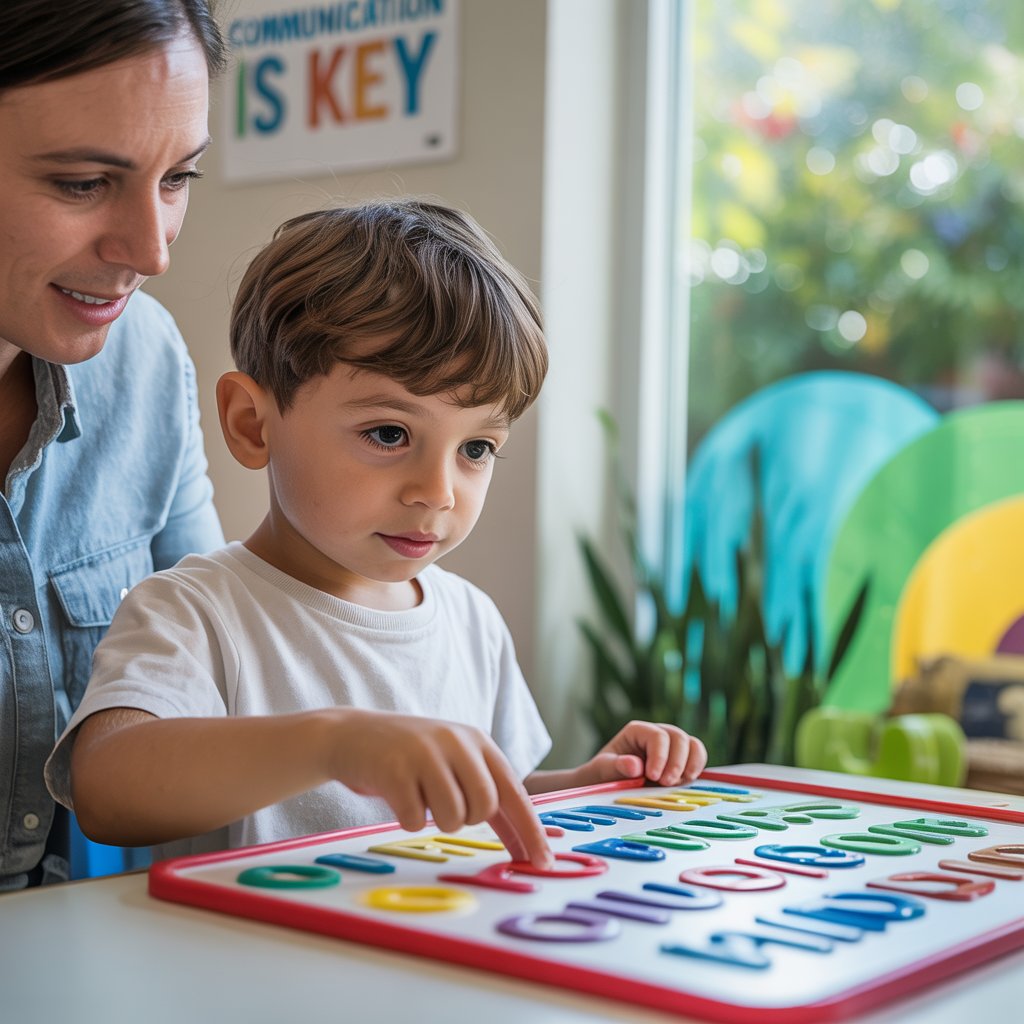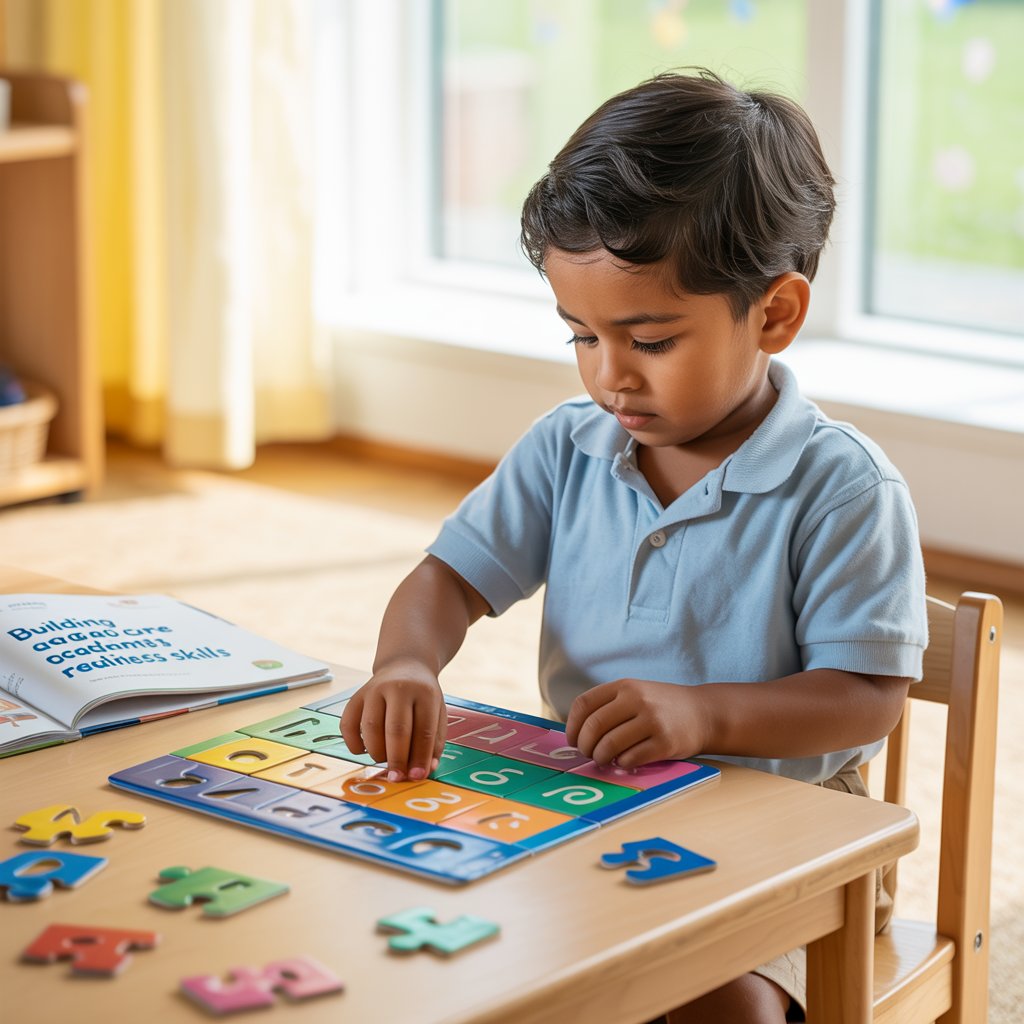Professional evaluation methods for sensory processing issues

Getting the right diagnosis for sensory processing issues in autism starts with thorough professional evaluation. Most comprehensive assessments involve a multi-step process that combines direct observation, parent interviews, and standardized testing.
When you bring your child in, professionals typically observe them in different environments to see how they respond to various sensory inputs. They'll watch how your child reacts to lights, sounds, textures, and movement. This real-world observation gives valuable insights that questionnaires alone can't capture.
Parent interviews are equally crucial. Nobody knows your child better than you do! Professionals will ask detailed questions about your child's daily routines, challenges, and sensory preferences or aversions. These conversations help paint a complete picture of your child's sensory processing patterns across different settings and situations.
Sensory profiles and standardized assessments
The gold standard tools for evaluating sensory processing include several well-established assessments:
- Sensory Processing Measure (SPM): Evaluates sensory processing, praxis, and social participation across home and school environments
- Sensory Profile 2: Measures how children process sensory information in everyday situations
- Adolescent/Adult Sensory Profile: Designed specifically for older individuals
- Sensory Integration and Praxis Tests (SIPT): A comprehensive assessment battery that evaluates sensory discrimination and motor planning
These standardized tools help clinicians identify specific patterns of sensory processing differences. They don't just tell you if there's a problem – they pinpoint exactly which sensory systems are affected and how severely.

The role of occupational therapists in diagnosis
Occupational therapists (OTs) are the MVPs when it comes to sensory processing assessment. They're specially trained to understand how sensory information affects daily functioning and have expertise in both evaluation and treatment.
During an evaluation, an OT will:
- Conduct structured observations of your child's responses to sensory stimuli
- Administer standardized assessments
- Analyze how sensory processing affects daily activities like eating, dressing, and learning
- Develop a comprehensive sensory profile unique to your child
OTs don't just identify problems – they translate assessment findings into practical strategies that can be implemented at home and school.
Collaborative diagnostic approaches
No single professional can provide a complete picture of sensory processing in autism. The most effective approach brings together multiple perspectives:
- Occupational therapists evaluate sensory processing and its impact on daily activities
- Developmental pediatricians assess overall development and rule out medical causes
- Psychologists evaluate cognitive and behavioral aspects
- Speech therapists may assess oral-motor sensory processing
- Educators provide insights on classroom functioning
This team approach ensures all aspects of your child's functioning are considered. Each professional brings their unique expertise to create a comprehensive understanding of your child's sensory processing needs.
When professionals collaborate, they can develop more effective intervention plans that address the full range of challenges associated with sensory processing differences in autism.







